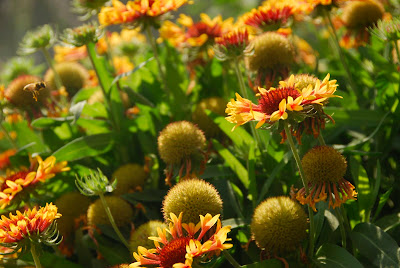I used two props. The grey card was undeniably the best exposure in each situation. And I did each in Program Mode, Manual Mode and Manual Mode using a grey card.
(click to enlarge)




















I have always had a love for photography. I remember as a little girl looking out the wintery window at the wrens in the trees thinking it would be a pretty picture. I have taken a few college courses but have mostly learned by reading, practicing and participating in on-line forums and classrooms. I think my progress has been slow, but I am committed it to it and know I have a lot to learn.
I am located in Merdian, Idaho and prefer to shoot in and around the Treasure Valley. My family comes first so I don't ever intend to do this full-time. If you are interested in doing a session you can contact me through this blog.
I prefer to shoot in natural light, but sometimes am forced to use a flash (which I am still learning). I try to improve or learn something new every day. Currently I am not charging because I am stil skill building.
This site is a way to track my progress and is dedicated to my assignments and experiements.
Contact me by leaving your e-mail address in a
comment.
The photos on this blog website each have a copyright. Do not use anywhere in any other format.